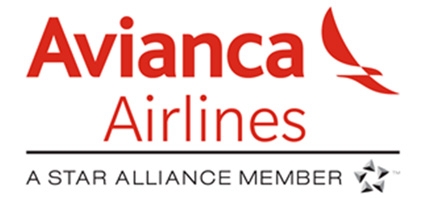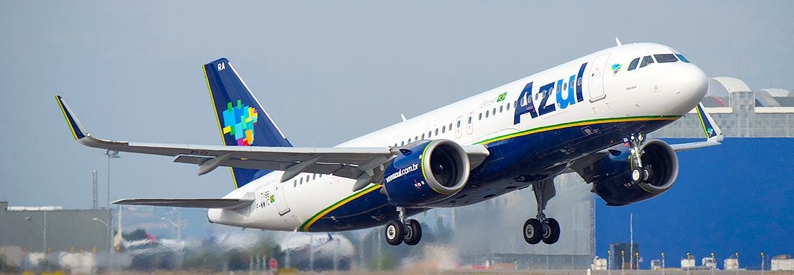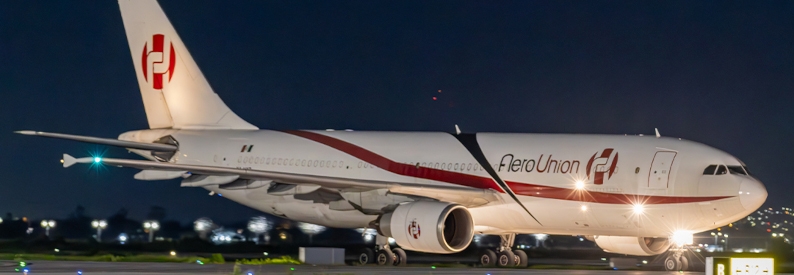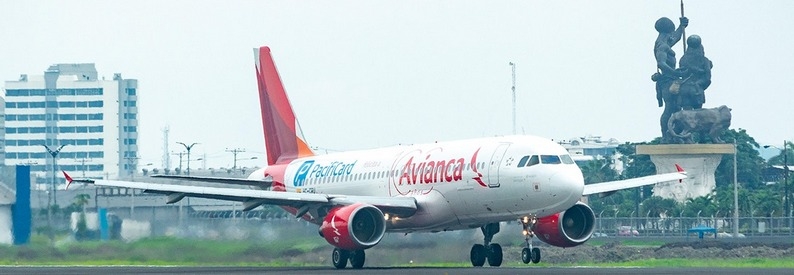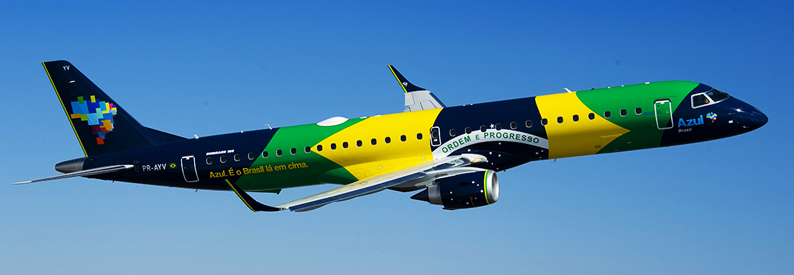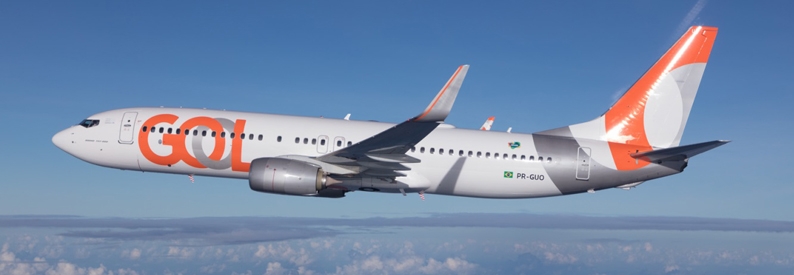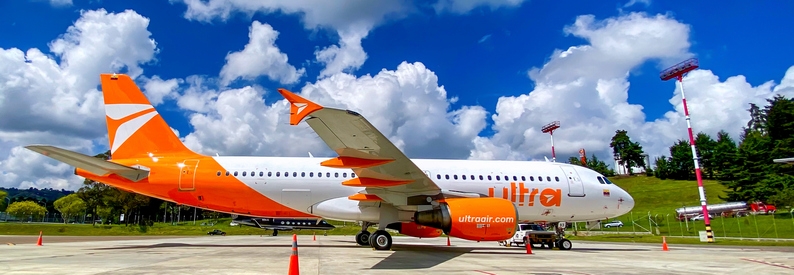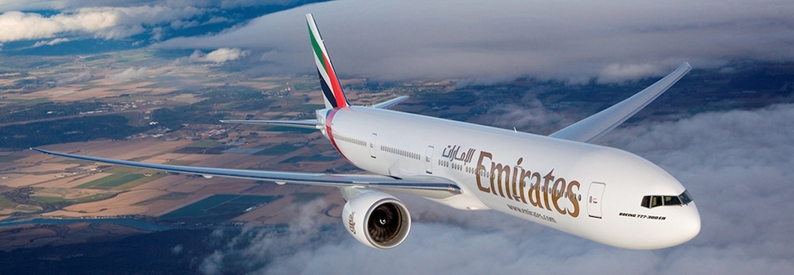Avianca (Bogotá) is in talks with its suppliers over the deferral of an unspecified number of aircraft. Chief Executive Officer Hernan Rincon said in a quarterly earnings' call last week that the move would help strengthen the South American carrier's capital structures.
According to Rincon, the push for deferral was brought on by three key factors namely an increase in load factors on its existing fleet of aircraft, and increased aircraft utilization brought on, in part, as a side effect of a broad-based flightcrew strike in late 2017. Rincon said the strike had forced Avianca to eek out improvements in its productivity and network that it had not previously considered.
Lastly, strong demand across the Americas has forced Avianca to retain a number of older types in its fleet that it had previously slated for retirement. As such, the need for new aircraft has diminished.
"We are in advanced negotiation with our aircraft vendors to reaccomodate our existing aircraft open orders, especially those that were ... scheduled for delivery in 2020, 2021 and 2022," he said. "When we come to an agreement, and we’re very positive about coming to an agreement, this would represent a reduction of approximately USD2 billion in future aircraft debt, decreasing future financial needs, and of course, enhancing the company’s free cash flow generation to ensure profitable long-term growth."
According to figures included in its FY2017 report, Avianca has one B787-8 due for delivery from Boeing (BOE, Washington National) in 2018 followed by three B787-9s in 2019. From Airbus (AIB, Toulouse Blagnac), Avianca is due four A319neo in 2020, four in 2021, three in 2022, three in 2023, three in 2024, and three in 2025. Of its eighty-nine A320neo, two are due in 2019, 14 in 2020, 17 in 2021, 15 in 2022, 15 in 2023, 14 in 2024, and 12 in 2025. In terms of its fifteen A321neo, it is due two in 2020, two in 2021, two in 2022, two in 2023, three in 2024, and four in 2025.
